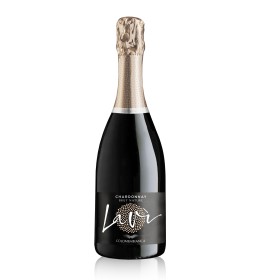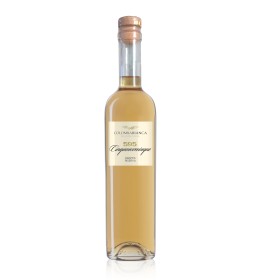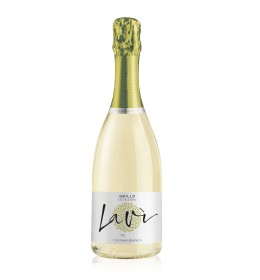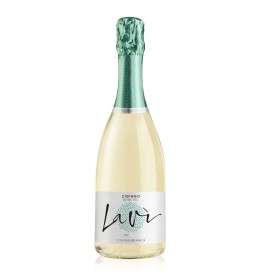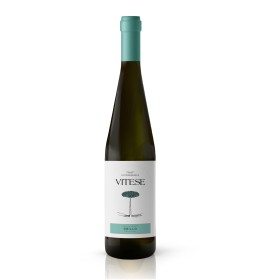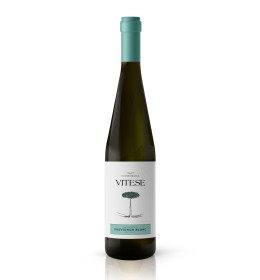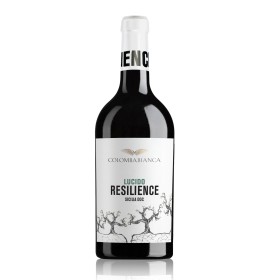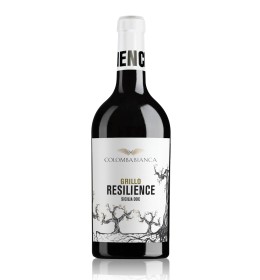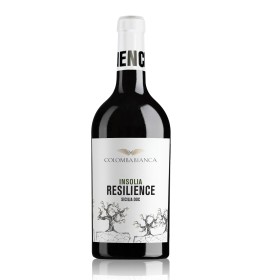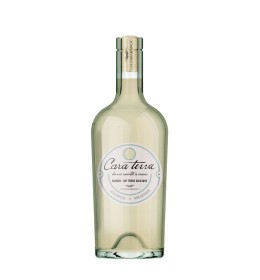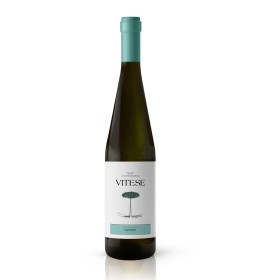.

Active filters
- Brand: COLOMBABIANCA
The Chardonnay grapes that make up the Cuvée Vitese are hand-picked and expertly processed according to the tradition of the Classic Method or Champenois. The pressing takes place in full and in a soft and progressive manner extracting from the beans only the best part of the juice, the flower must. The first phase of the process consists in assembling the base wines, from which the final cuvée. With the addition of liqueur de tirage, fermentation begins. The wine is poured into the traditional champagnotte sealed with a crown cap. During this period the foaming takes place. The refermentation in the bottle takes place at 14 ° C for a duration of 60 days while the permanence on the lees is at least 24 months. During this phase, remuage takes place. After the so-called dègorgement, we add the liquer de expèdition (composed mainly of glucose and fructose). Finally the sparkling wine is capped and packaged.



